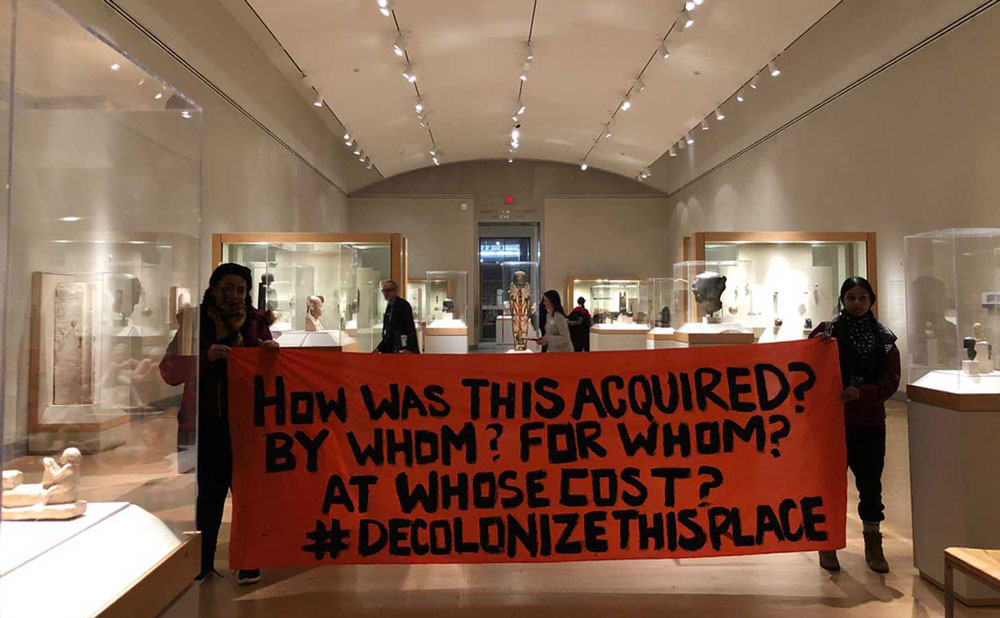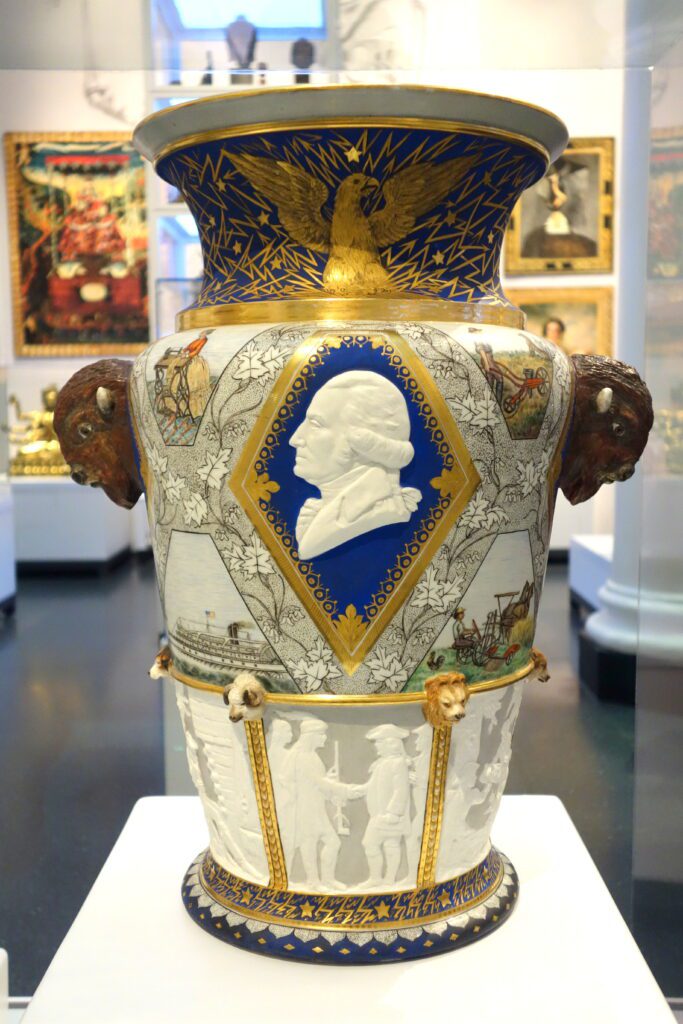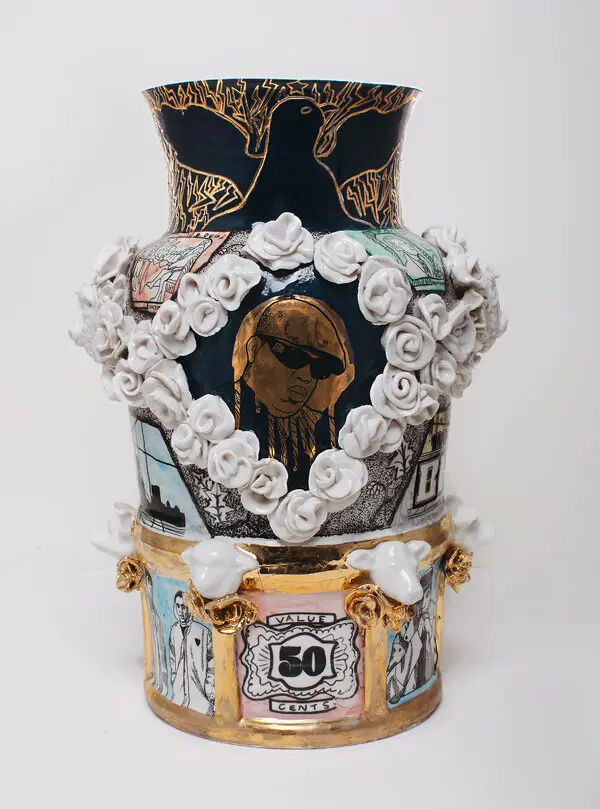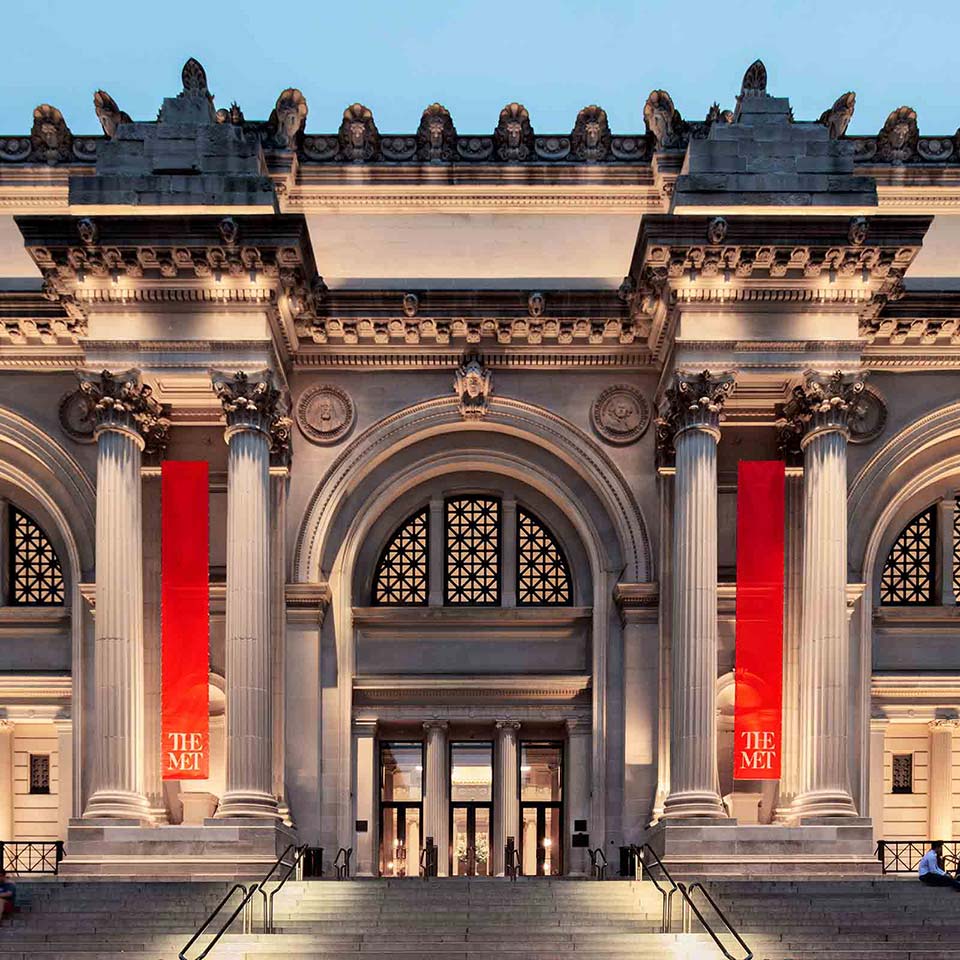
Museums Across America Are Making Efforts to Decolonize Art
Museums across the United States are making significant strides to decolonize their art collections, exhibits, and practices. The process of decolonization involves recognizing and dismantling the power structures, worldviews, and practices of colonialism that have been imposed on many parts of the world. But why is this important to art and art history?
Some posit that art is the mirror for society, and as society shifts so must our reflections and considerations. In the effort of decolonizing, art enthusiasts are able to unlock more paths of thinking. This allows the viewer a more holistic understanding and appreciation of the art and it’s historical context.
One of the most notable examples of this movement towards decolonization is the Metropolitan Museum of Art in New York City. The museum has recently returned two Benin Bronzes, which were looted during the Benin Expedition of 1897, to Nigeria. The museum also pledged to review its collection for other potentially looted artifacts.
In addition to repatriation efforts, the museum has launched a new initiative called the “Global Museum Initiative,” which seeks to foster collaborations between the museum and cultural institutions around the world. The initiative aims to promote a more inclusive and diverse understanding of art history by engaging with a wider range of voices and perspectives.
Decolonize: Art Examples
An example of this is this post civil war painting entitled Dressing for the Carnival, 1877. This piece was painted at the end of Reconstruction in the United States, by Winslow Homer. The central figure represents a Jonkonnu character, a Christmas holiday celebration once observed by enslaved Blacks in North Carolina.
This celebration roots itself in British West-Indian culture, and the festival blended African and English traditions. These aspects of culture were conjoined into what we know as the 4th of July. Significantly, newly emancipated African Americans briefly enjoyed full civil rights during this time of Reconstruction.
The decolonization of art can be rewarding, because history books are often not encompassing enough, and moreover we get context we wouldn’t normally see.
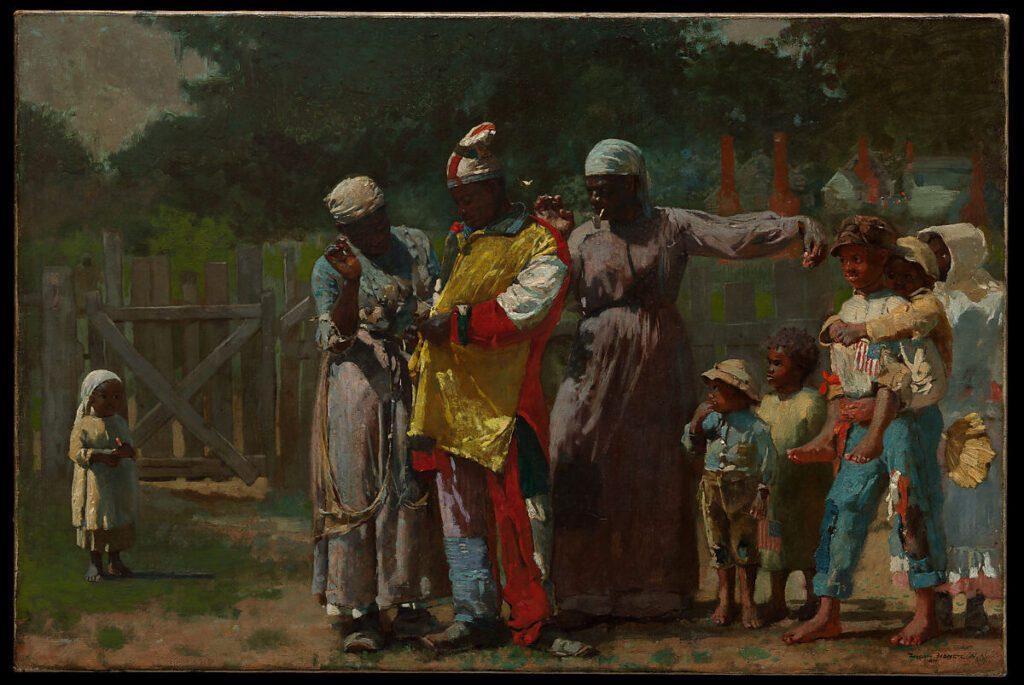
Similarly, the Brooklyn Museum has taken significant steps towards decolonization. We can see this with the display of the Union Porcelain Works, designed by Karl L. H. Mueller, 1876 and Robert Lugo’s Brooklyn’s Century Vase, 2019.
These two vases share the same display case inside the Brooklyn Museum. In doing so, we can see how culturally narrow colonial art was. Ignoring Indigenous cultures altogether.
NYC Isn’t Alone
The Seattle Art Museum has been working on decolonization for years. The museum has collaborated with Native American tribes and communities to incorporate their perspectives in exhibits and programs.
The museum has also established a Native advisory board. Which provides guidance on the acquisition, interpretation, and presentation of Indigenous art. Additionally, the museum has established a new department called “Art of Africa and Oceania,”. That focuses on the art and cultures of Africa, the Pacific Islands, and Australia.
The Los Angeles County Museum of Art has also taken steps towards decolonization. The museum has acquired works by contemporary Native American artists and collaborated with Indigenous communities to create exhibits. Additionally, the museum has launched a new department called the “Art of the Ancient Americas,” which explores the art and culture of pre-Columbian civilizations.
In conclusion, museums across the United States are recognizing the role they have played in perpetuating colonialism and marginalizing cultures. By taking steps to decolonize art, museums are acknowledging historical injustices. Many are working to create a more inclusive and diverse cultural landscape.
While the process is not without controversy, it reflects a broader societal shift towards greater equity and inclusion, which museums can play a role in promoting. The efforts of the Metropolitan Museum, Brooklyn Museum, Seattle Art Museum, and the Los Angeles County Museum of Art are just a few examples of the growing movement towards decolonization in the arts.



